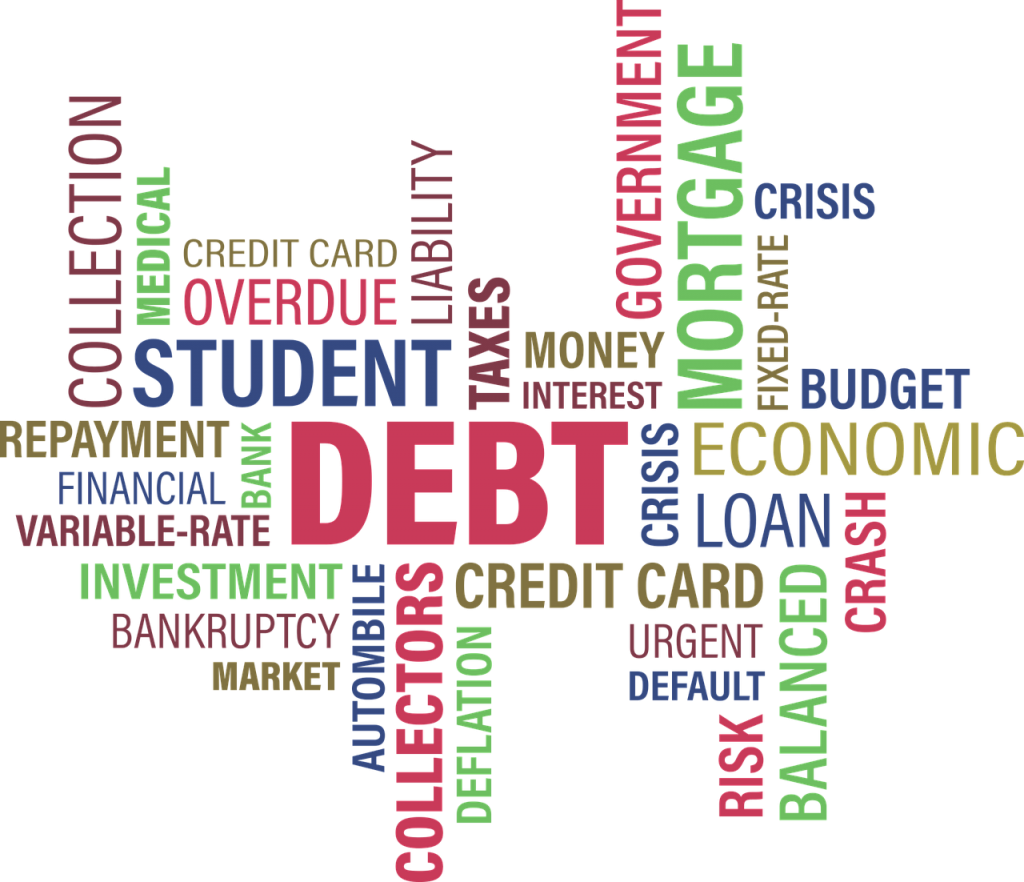Five Ways to Increase Your Chances of Bankruptcy
The average person declaring bankruptcy looks a lot like you. Bankruptcy can happen to anyone, regardless of where you are on the socio-economic spectrum. It is truly equal opportunity. So what makes you more likely to file for insolvency as opposed to your neighbour?
There are situations in life that can increase your chances of bankruptcy. Know what they are and how to minimize their impact on you and your credit.

Divorce
The dissolution of a relationship is never an easy task. According to Hoyes, Michaleos and Associates, 1 in 3 people seeking bankruptcy were separated or divorced at the time of filing. One in five listed relationship breakdown as the reason they were filing. While lawyers fees are not cheap, they are often not the largest motivating factor. The greatest cost comes from splitting households and footing all of the bills on a single income. When you are used to sharing the bills with a second income in the home, it can be difficult to find your footing. You may find yourself overwhelmed quickly and having to rack up debt to stay ahead. Unfortunately, many find themselves in a bigger, deeper hole and unable to meet the payments.
Women often have custody of the children and make less money therefore leaving them more vulnerable to bankruptcy.
Living on Credit
It is easy for us to assume that a person is declaring bankruptcy due to living large and having a lavish lifestyle well beyond their means. While it does happen, it is far more common for a person living on credit just to get by. Food, bills and everyday living expenses are paid by credit. It is easy to get caught up in the cycle of living off of credit, making a big credit payment and then continuing to live off credit. What was once a short term solution has now become a big problem and increases your chances of bankruptcy.
Job Loss or Income Reduction
The average person that claims bankruptcy is employed. Hoyes, Michalos and Associates offers that 90% of those seeking to file for bankruptcy are employed or have a form of income. Only 8% were unemployed, however, many had a spouse that was working at the time of filing. How does it happen that gainfully employed people end up bankrupt? Through job loss or a reduction in income. Short term/long term illness or a car accident will make a significant impact on your income. Making the gap between the end of a job and the start of a new one can be tough and can lead us to put more on credit then anticipated. Especially if you do not qualify for Employment or Disability Insurance. Even if you do qualify, the waiting period can be quite long if there is a problem with your application.
While not something that you can see coming, you can plan ahead to mitigate the damage by creating an emergency fund. An emergency fund is intended to keep you from having to use credit for as long as possible.
Carrying Debt into Retirement
Seniors are particularly vulnerable to the unexpected which can throw their finances into a spin. About 25% of the 750 Canadians polled between the ages of 55 and 80, for Sun Life Financial Barometer, said they carry debt ranging from mortgages to car payments. Respondents were either fully or semi retired. One in five were still making mortgage payments and 2/3rds were carrying credit card debt. Many have outstanding debts from health related expenses, monies owed on holidays or vacation property, and home renovations.
Many are living on a fixed income with recurring debt and little to no savings. It doesn’t take much to leave you scrambling to cover costs.
Seniors should carefully consider co-signing debt if it will put their retirement at risk.
Student Debt
The average student loan takes about 10 years to pay off. When you consider that good paying jobs can be hard to come by, even with a degree, it can take some even longer. It is important to understand that in Canada, you cannot include a student loan in a bankruptcy until 7 years after you’ve completed your education. This means that a significant number of people filing for bankruptcy have been dealing with student loan debt and are still struggling to pay it off.
Tuition costs are sky high and often debt is a given when investing in your future. Make no mistake, higher education is an investment in your future.
Borrow only what you need and make loan payments a priority. Both government loans and student 1lines of credit can be repaid without penalty. This means that you can pay more than the minimum each month. Find that extra $50 to add to your payment and see the difference it can make.
While there are plenty of ways to increase your chances of bankruptcy, there are just as many ways to avoid taking a stroll down that path. The best way to avoid being in any of these situations is to plan ahead, to commit to a realistic budget that includes a savings/emergency fund and pay down your debt as quickly as you can.
At PYLO Finance Inc., we know that life can throw some unexpected curve balls. Our loan experts are happy to answer any questions that you may have.



